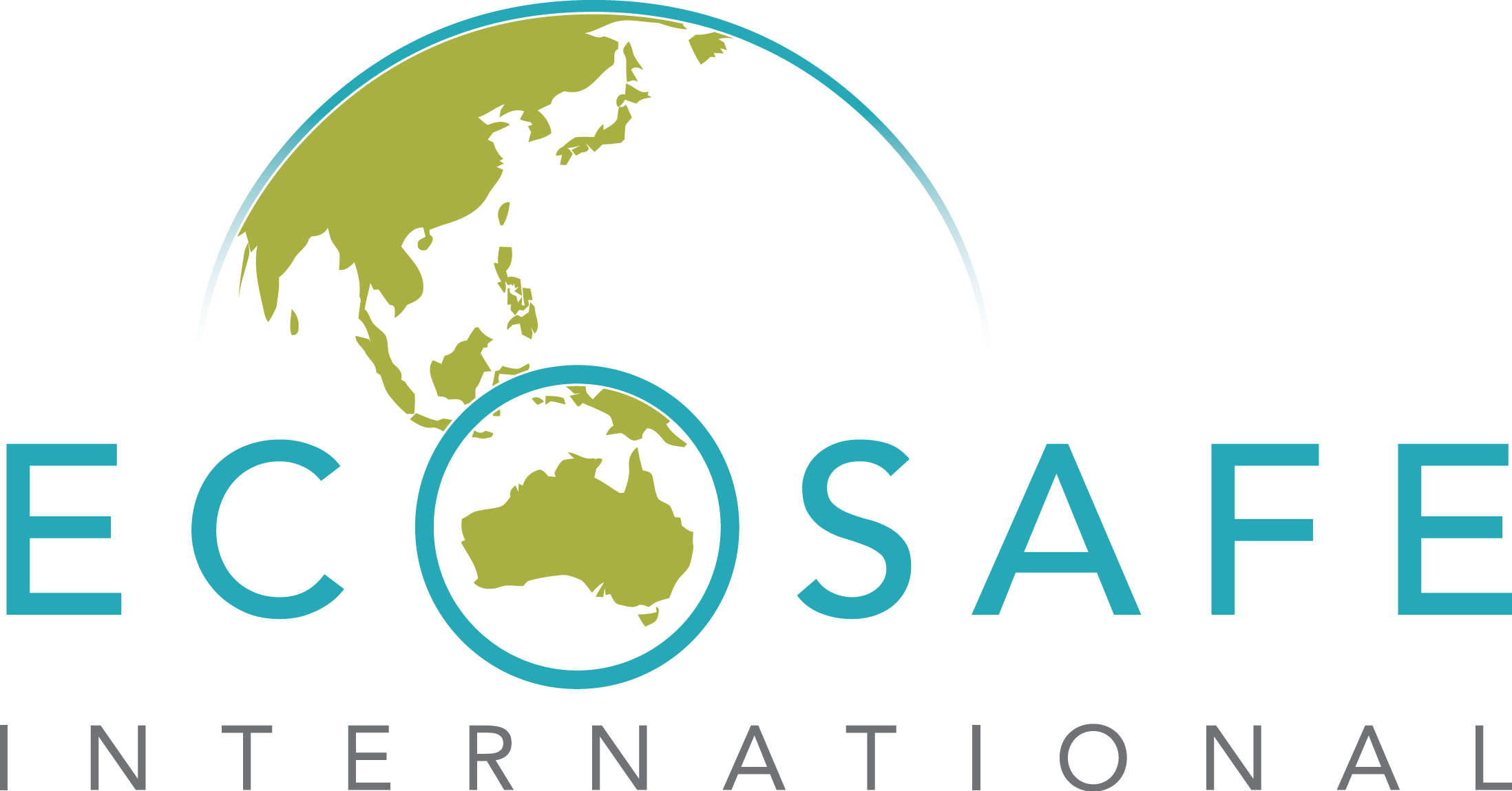Method Notification
Australian laboratories report detection of “Legionella pneumophila serogroup 1”, “Legionella pneumophila serogroup 2-14” and “Legionella species” in line with AS 3896 (2008).
AS3896 was updated in 2017, and labs are now moving to the new testing procedures and reporting requirements set out in this standard.
What does a positive Legionella result tell me?
- Conditions are appropriate for Legionella to proliferate in (irrespective of serogroup) so the risk is still the same
- Samples are discrete in time and space – if you are getting one type of legionella in this sample, there is a chance you may get another type at a different point in time
- Depending on the exposure of a susceptible person(s) it can indicate a real risk of disease
- There is no major effect on remedial actions, as the control actions for Legionella are still the same.

What range of response actions should I consider when there is a detection of Legionella?
- Flushing
- Cleaning and disinfection
- Assess extent of bacterial presence
- Manage patient / clinical risk
- Resample
What are the differences between serogroups of Legionella?
- Serogroup 1 is considered to be more virulent in terms of its disease causing capacity, for a given exposure it has a greater likelihood of causing disease.
- Serogroup 2-14 is less virulent than serogroup 1. However, both are pneumophila (serogroup 1 or 2-14) which are known to cause pneumonia (which can be fatal).
- Species are undifferentiated and not known specifically to be serogroup 1-14 but are indicative that there are favourable conditions for legionella to proliferate and there is an increased risk of serogroups 1-14 being present.
For Example…
If a water sample has <10 cfu/mL for “Legionella pneumophila serogroup 1”, and “Legionella pneumophila serogroups 2-14”, but still has 100 cfu/mL for “Legionella species”, this still indicates a “Total Legionella count” of 100 cfu/mL. AS/NZS 3666.3 designates the actions required based on the level of Legionella, making no reference to a diminished risk status based on the speciation of the microorganism.
AS3896 (2017) provides a standard method for the enumeration of all Legionella to facilitate the monitoring of the effectiveness of measures adopted for preventing their proliferation in waters. Serotyping (Legionella pneumophila serogroup 1, and serogroups 2-14) and reporting is no longer a mandatory requirement. Moving forward labs will now report only the “Total Legionella count” and facilities will be required to act on those detections in accordance with AS/NZS 3666.3.
What are the main changes?
| ITEM | CURRENT METHOD | UPDATED METHOD |
| Reference Document | AS3896-2008 | AS3896-2017 |
| Serotyping | Required for confirmed colonies | Optional for confirmed colonies |
| Serotyping Reported As | Counts CFU/mL, and if not detected as <10 CFU/mL |
Detected / Not Detected |
| COA report format |
Legionella species count
CFU/mL (i.e. Legionella that are not L. pneumophila) Legionella pneumophila SG1 |
Total Legionella count CFU/mL
If Serotyping performed: |
Click here to download a flyer of the above information for communicating to your Water Quality Risk Management Team (WQRMT).
Please do not hesitate to contact us if you need further technical information or clarification about these changes.
Contact us online or call 1300 73 93 73
Connect with us on Facebook
